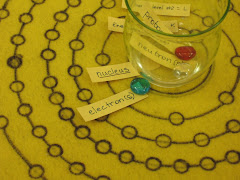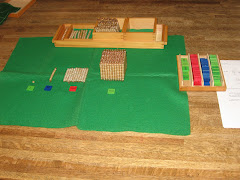I have to say that now I am constantly in search of fun crafts and art project ideas for kids. So when the fair came around this year, I made sure to visit the crafts building. In fact, I had the chance to visit two different fairs this past week: the Spokane County Fair and the Puyallup Fair. I decided to take pictures of the children art projects and 4-H to create a visual idea bank for future reference. I suppose as a newer teacher, I do not have a full "bag of tricks" yet, so I must search for and borrow ideas from others; however I can imagine this being a life-long process.
Painted brown paper Bug Collection!!
A ship made from toothpicks. Simple, yet beautiful.
This one below has fashion designs
made from colorful paper cut-outs.
Quite creative and fun.
Colorful eggshell art Origami animal display
The following are from the Puyallup Fair, and are from mostly high school students:
3-D painted paper octopus paper art
more 3-D painted paper scratchboard
This one would make a nice project:
It is sketched and labeled parts of a mountain bike
with a clay model laying below the sketch.
While some of these art projects are from skilled, experienced students, they provide more ideas to go back to. Here are some nice posterboard presentations that I saw as well:
Life of a prarie child Lee vs. Grant by a 12-yr-old
This particular presentation was awarded the grand prize. I only have the
top part of the poster, as well as the wooden ant model.
This was a beautiful presentation made
of the Bloomsday race, which is held
in Spokane, WA every year. Below
this was a 3-D model of the race
course. Amazing work.
While my intention was to gather new ideas, I wanted to also note that it is important to remember what children are really capable of.

































